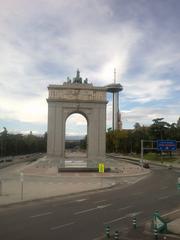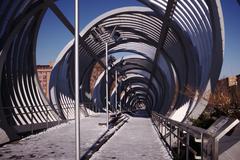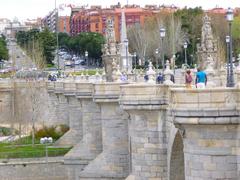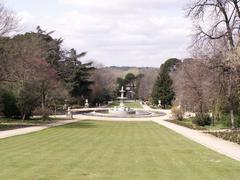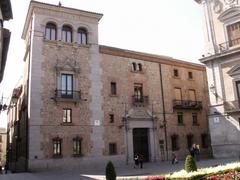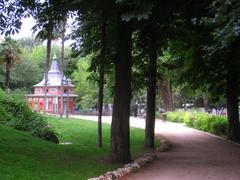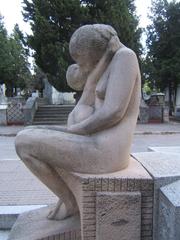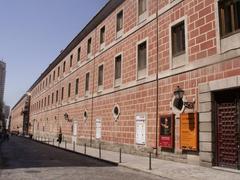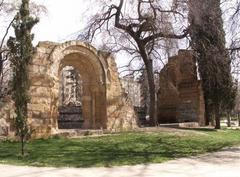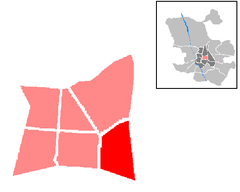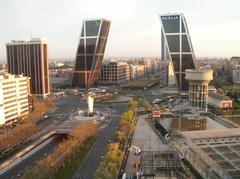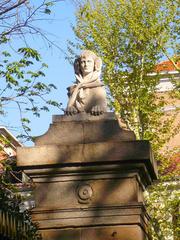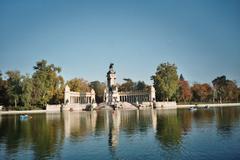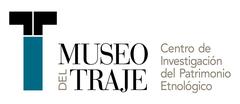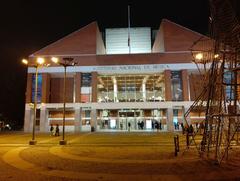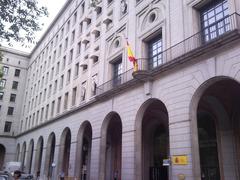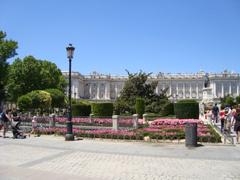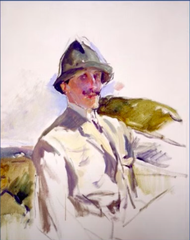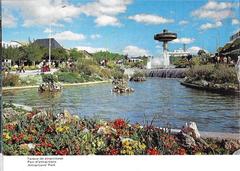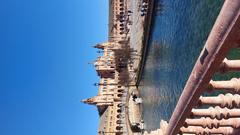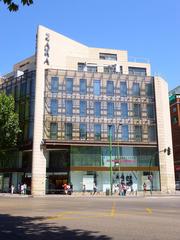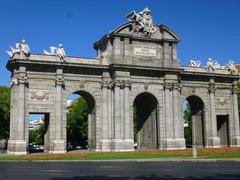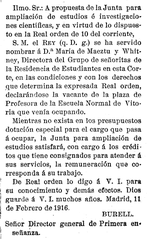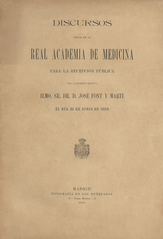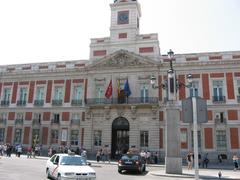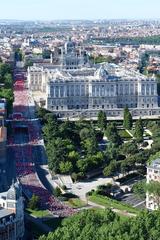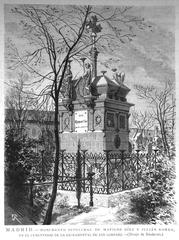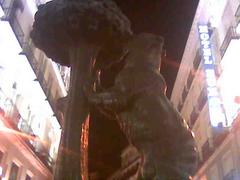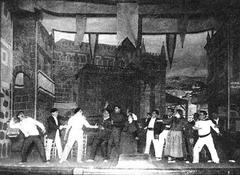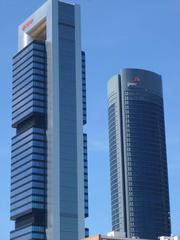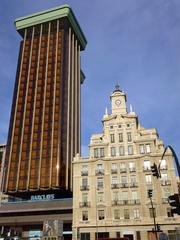Complete Guide to Visiting Zoo Aquarium de Madrid, Madrid, Spain
Date: 17/07/2024
Introduction
The Zoo Aquarium de Madrid, nestled in the picturesque Casa de Campo park, is a historical and cultural gem in the heart of Madrid. Established in 1770 under King Charles III, the zoo—originally known as the ‘Casa de Fieras’—was situated in Retiro Park to showcase exotic animals from Spanish colonies and beyond. It has evolved into a modern zoological institution prioritizing animal welfare, conservation, and education (EAZA).
This guide provides detailed insights into the zoo’s rich history, key attractions, visiting hours, ticket options, and travel tips. From the architectural marvel of its large aquarium, one of Europe’s largest, to its successful breeding programs for endangered species like the giant panda, the Zoo Aquarium de Madrid offers a unique blend of historical significance and modern-day conservation efforts (Zoo Aquarium de Madrid Tickets). Whether you’re an animal enthusiast, a family looking for an educational outing, or a tourist eager to explore Madrid’s cultural landscape, this guide will help you make the most of your visit.
Table of Contents
- Introduction
- History and Significance
- Visitor Information
- Key Attractions and Exhibits at Zoo Aquarium de Madrid
- Conclusion
- References
History and Significance
Origins and Early Development
The Zoo Aquarium de Madrid, located in Casa de Campo, is one of Spain’s oldest zoos, dating back to 1770. Initially known as the “Casa de Fieras,” it was situated in Retiro Park under the reign of King Charles III to showcase exotic animals from Spanish colonies and beyond. The collection included species such as lions, tigers, and elephants, considered rare and fascinating at the time.
Relocation and Modernization
In 1972, the zoo relocated to its current location in Casa de Campo, a large urban park in Madrid. This move aimed to modernize the zoo and provide more naturalistic habitats for the animals. The new location allowed for facility expansion and the introduction of advanced animal care practices. The Zoo Aquarium de Madrid officially opened its doors to the public in 1972, marking a new era in its history.
Architectural and Design Innovations
The design of the Zoo Aquarium de Madrid is influenced by modern zoological principles prioritizing animal welfare and visitor education. The zoo features spacious enclosures that mimic the animals’ natural habitats. One of the most notable architectural features is the large aquarium, added in 1995, housing a diverse collection of marine life, including sharks, rays, and tropical fish, and is one of the largest in Europe.
Conservation Efforts and Breeding Programs
The Zoo Aquarium de Madrid plays a significant role in wildlife conservation and breeding programs. As a member of international organizations like the European Association of Zoos and Aquaria (EAZA) and the World Association of Zoos and Aquariums (WAZA), the zoo participates in global efforts to protect endangered species and promote biodiversity.
One of the zoo’s most successful breeding programs is for the giant panda. In 1978, the Zoo Aquarium de Madrid became one of the few zoos outside China to house giant pandas. The zoo has since successfully bred several panda cubs, contributing to global conservation efforts.
Educational and Research Contributions
Education is a core component of the Zoo Aquarium de Madrid’s mission. The zoo offers various educational programs and activities to raise awareness about wildlife conservation and the importance of protecting natural habitats. These programs include guided tours, workshops, and interactive exhibits.
The zoo is also involved in scientific research, collaborating with universities and research institutions to study animal behavior, genetics, and veterinary medicine. These research efforts contribute to a broader understanding of animal biology and help improve zoo animal care and management.
Cultural and Social Impact
The Zoo Aquarium de Madrid holds a special place in Madrid’s cultural and social fabric, attracting over a million visitors annually. The zoo provides a unique opportunity for people to connect with nature and learn about diverse species.
The zoo also plays a role in community engagement and outreach, hosting various events and activities throughout the year, such as animal-themed festivals, conservation awareness days, and family-friendly workshops.
Challenges and Future Directions
Despite its achievements, the Zoo Aquarium de Madrid faces challenges such as the need for continuous funding, ongoing facility maintenance, and ethical considerations surrounding animal captivity. The zoo is committed to addressing these challenges by adopting sustainable practices, enhancing animal welfare standards, and expanding its conservation and education efforts.
Looking to the future, the zoo aims to further its impact on wildlife conservation and public education. Plans include expanding existing exhibits, introducing new species, and enhancing visitor experiences through innovative technologies and interactive displays.
Visitor Information
Visiting Hours and Tickets
The Zoo Aquarium de Madrid is open year-round, with visiting hours varying by season. Typically, the zoo opens at 10:30 AM and closes between 5:00 PM and 8:00 PM. Check the official website for the most current visiting hours before planning your visit.
Tickets can be purchased online or at the entrance. Various ticket options include single-day passes, annual memberships, and discounted rates for children, seniors, and groups. Purchasing tickets online in advance is recommended to avoid long queues and ensure availability, especially during peak visiting times.
Accessibility
The zoo is wheelchair accessible, with ramps and designated viewing areas to ensure all visitors can enjoy the exhibits. Wheelchairs are available for rent at the entrance on a first-come, first-served basis. The zoo also provides special services for visitors with visual or hearing impairments.
Nearby Attractions and Travel Tips
The Zoo Aquarium de Madrid is conveniently located in Casa de Campo, accessible by public transportation. Visitors can take Metro Line 10 to the Batán station or bus lines serving the area. Ample parking is available near the zoo entrance for those driving.
In addition to the zoo, Casa de Campo offers recreational activities such as boating on the lake, cycling, and hiking trails. Nearby attractions include the Amusement Park of Madrid and the Teleférico cable car, providing stunning views of the city and the surrounding park.
Special Events and Guided Tours
The zoo hosts special events throughout the year, such as animal feeding sessions, educational talks, and seasonal festivals. These events provide unique opportunities to learn more about the animals and their care.
Guided tours are available for a more in-depth experience. These tours are led by knowledgeable guides who provide detailed information about the zoo’s history, conservation efforts, and the various species housed at the facility. Private tours can be arranged for school groups, corporate events, and other special occasions.
Photographic Spots
The Zoo Aquarium de Madrid offers numerous picturesque spots perfect for photography enthusiasts. Popular locations include the giant panda exhibit, the dolphinarium, and the large aquarium. Visitors are encouraged to capture memories while being mindful of the animals and other guests.
Frequently Asked Questions (FAQ)
- What are the visiting hours for Zoo Aquarium de Madrid?
- The zoo typically opens at 10:30 AM and closes between 5:00 PM and 8:00 PM, depending on the season. Check the official website for the latest hours.
- How much are tickets to the Zoo Aquarium de Madrid?
- General admission for adults is approximately 23 euros, while children’s tickets (ages 3-7) are around 18 euros. Discounts are available for seniors, large families, and groups.
- What is the best way to get to the Zoo Aquarium de Madrid?
- The zoo is easily accessible by Metro Line 10 to the Batán station or by bus. Parking is available for those driving.
- Are there guided tours available?
- Yes, the zoo offers guided tours led by knowledgeable guides. Private tours can also be arranged for special groups and events.
Key Attractions and Exhibits at Zoo Aquarium de Madrid
The Giant Panda Exhibit
One of the most celebrated attractions is the Giant Panda exhibit. The zoo is one of the few places outside China where visitors can see these magnificent creatures. The exhibit is home to several pandas, including the famous Bing Xing and Hua Zui Ba, who have been part of the zoo since 2007. The exhibit includes educational displays about panda conservation and biology.
Dolphinarium
The Dolphinarium features daily shows where dolphins perform various tricks and stunts, showcasing their intelligence and agility. The facility includes interactive sessions where visitors can learn more about the dolphins and their care.
Aquarium
The aquarium at the Zoo Aquarium de Madrid is one of Spain’s largest, housing over 2 million liters of water and a diverse range of marine species. Highlights include the shark tunnel and the coral reef section, showcasing a variety of fish, corals, and other marine life.
Aviary
The Aviary houses a wide variety of bird species from around the world, including parrots, flamingos, and birds of prey. Visitors can walk through the aviary and observe the birds up close, learning about their behaviors, diets, and conservation status.
African Savannah
The African Savannah exhibit features iconic African animals, including giraffes, zebras, and antelopes. The exhibit is designed to mimic the open plains of the African savannah, providing a spacious and naturalistic environment for the animals.
Reptile House
The Reptile House is home to a diverse collection of reptiles, including snakes, lizards, and turtles. Visitors can observe the reptiles up close and learn about their unique adaptations, behaviors, and conservation status.
Primate World
Primate World features a variety of primate species, including gorillas, chimpanzees, and orangutans. Visitors can observe the primates from various viewing points and learn about their behaviors, social structures, and conservation status.
Children’s Zoo
The Children’s Zoo is a family-friendly attraction designed for an interactive and educational experience for young visitors. It features domestic animals that children can pet and feed, along with educational programs about animal care and responsible pet ownership.
Conclusion
The Zoo Aquarium de Madrid stands as a testament to wildlife conservation, education, and cultural engagement. From its origins in the 18th century to its current status as a leading zoological institution, the zoo has continually evolved to meet the needs of its animal residents and visitors. Key attractions such as the Giant Panda exhibit, Dolphinarium, and expansive Aquarium offer unique experiences that educate and inspire visitors about the importance of biodiversity and conservation (Zoo Aquarium de Madrid Hours).
Despite facing challenges such as funding and ethical considerations, the zoo remains dedicated to adopting sustainable practices and enhancing animal welfare standards. Future plans include expanding exhibits, introducing new species, and leveraging innovative technologies to enrich visitor experiences. As you plan your visit, remember that your support helps the zoo continue its vital conservation efforts and educational programs. Don’t forget to share your experiences and follow the zoo on social media for updates on special events and new attractions (Zoo Aquarium de Madrid Events).
References
- Exploring the Zoo Aquarium de Madrid - A Historical and Cultural Treasure in the Heart of Madrid, 2023, Unknown Author EAZA
- Explore Zoo Aquarium de Madrid - Key Attractions, Visiting Hours, and Tickets, 2023, Unknown Author Zoo Aquarium de Madrid Tickets
- Ultimate Guide to Visiting the Zoo Aquarium de Madrid - Tickets, Hours, Tips, and More, 2023, Unknown Author Zoo Aquarium de Madrid Hours
- Ultimate Guide to Visiting the Zoo Aquarium de Madrid - Tickets, Hours, Tips, and More, 2023, Unknown Author Zoo Aquarium de Madrid Events


